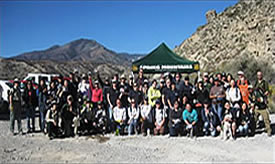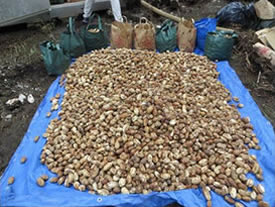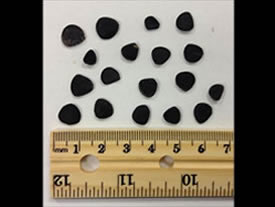Success Story: Spring Mountains National Recreation Area Collects Over 400 Pounds of Joshua Tree Seed Pods For Restoration
By Marisa Anderson, Ecologist, Intermountain Region
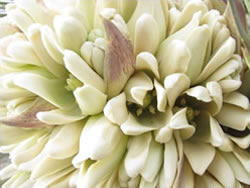 Joshua tree flowers. Photo Marisa Anderson.
Joshua tree flowers. Photo Marisa Anderson.
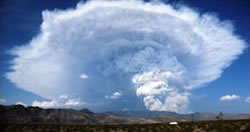 Carpenter 1 Fire on July 4, 2013. Photo Marisa Anderson.
Carpenter 1 Fire on July 4, 2013. Photo Marisa Anderson.
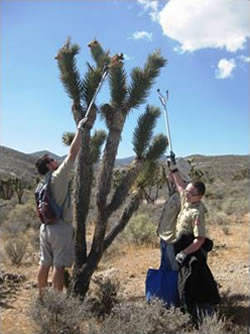 Volunteers collecting Joshua tree seed pods. Photo Marisa Anderson.
Volunteers collecting Joshua tree seed pods. Photo Marisa Anderson.
The spring of 2013 gave rise to an extensive Joshua tree (Yucca brevifolia) bloom in the Mojave Desert that lasted for weeks. Joshua trees are pollinated only by the yucca moth while the female lays eggs inside the flowers. When the larvae (caterpillars) emerge, they feed exclusively on Joshua tree seeds; a remarkable example of co-evolution. Interestingly, 13,000 years ago the now-extinct Shasta ground sloth was another Joshua tree pollinator that fed on and carried seeds to new locations!
On July 1, 2013, a lightning strike ignited the Carpenter 1 Fire that burned over 27,800 acres on the Spring Mountains National Recreation Area (SMNRA), located northwest of Las Vegas on the Toiyabe National Forest. A portion of the burn occurred throughout Joshua trees, which recover slowly following fire.
The SMNRA took advantage of the successful Joshua tree and yucca moth mutualistic relationship and collected large quantities of seedpods from the massive spring bloom for restoration. Two seed collection events with 59 volunteers amassed 449 pounds of seedpods and 53 pounds of cleaned seed.
A seed-planting event within the Carpenter 1 Fire burn area occurred on National Public Lands Day, September 28, 2013. Over 50 volunteers, Great Basin Institute employees, and Forest Service personnel planted Joshua tree seeds over approximately 32 acres within the burn area. With the abundance of seed that was collected, excess seed has been stored for future restoration needs.
“This success story in flower pollination leading to excellent seed production is proof of how important pollinators can be to make seed that we then can use to restore disturbed lands, and emphasizes the need to manage our native pollinators.” said Steve Popovich, Acting Regional Botanist for the Intermountain Region.



